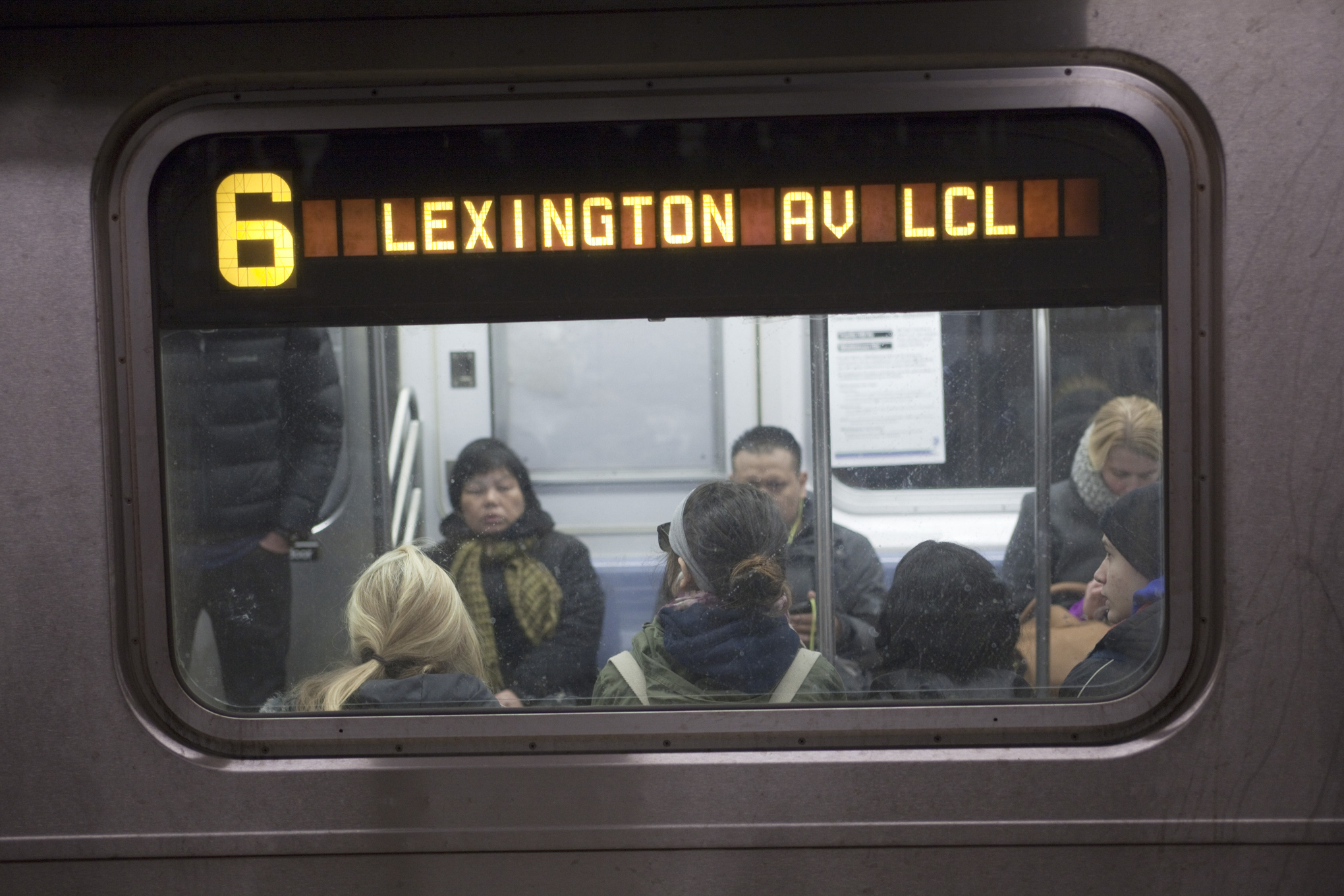/cdn.vox-cdn.com/uploads/chorus_image/image/35962486/452346742.0.jpg)
Everyone likes the idea of the American Dream — that everyone has the opportunity to work hard and get ahead. And everyone likes the idea of being able to get around town as quickly as possible — no one likes traffic.
There's an array of economic literature out there connecting the two, showing that places with plenty of opportunities for geographic mobility have more economic mobility as well. But for a city to boost opportunity by boosting transit, the answer is a complicated mix that also includes zoning and picking the right type of transit — perhaps at the risk of displeasing its wealthier residents.
It's often easier to move people to jobs than vice versa
The most obvious route connecting public transit and mobility is the idea of spatial mismatch: public transit helps a person connect with a job for which they are qualified but can't reach.
That's no small problem: the typical US metro area resident can reach only 30 percent of all jobs in her metro area, according to a 2011 report from the Brookings Institution.
Physical mobility, in other words, is tied to economic mobility. In a widely cited 2013 study on economic mobility, economists led by Harvard's Raj Chetty found areas with shorter commutes have "significantly higher rates of upward mobility."
"If you have spatial mismatch of jobs and housing — lower income people live in the city and low-skill jobs are in the suburbs — the obvious way to connect the two is via transit," says Reid Ewing, director of the Metropolitan Research Center at the University of Utah.
But of course public transit is far from the only thing that makes for a shorter commute. As those economists found, it's also a question of sprawl. City design and transit go hand in hand: it's easier to design a public transit system that efficiently connects people in a more compact city than in a big one.
"Atlanta is the posterchild. It goes on forever, sprawls in all directions," says Ewing. "It's an example of a place with sprawl and lack of upward mobility, and not particularly good transit relative to other large cities — it's got limited heavy rail."
It's true — of the 100 largest metro areas in the US, Atlanta is No. 95, according to Chetty's team's research. Ewing cites San Francisco and New York, meanwhile, both as cities that also sprawl but have done a better job connecting far-flung people with other parts of the city...and both of which have higher mobility. A few examples don't prove the point, of course — even a well-connected city can have low mobility.
But it makes intuitive sense that making it easier for people to get to work would boost opportunity. An April report co-authored by Ewing found that children born in the bottom fifth of the income spectrum are more likely to climb to the top fifth in cities that are less-sprawling and better-connected.

Riders aboard the New York City subway (Getty Images)
Mode of transportation matters
Public transit advocates will often push any project — streetcars, bigger rail networks, bus rapid transit — as instruments connecting people to jobs. That may be true, but not all systems are created equal, says one professor.
"Really good bus services, versus really focusing on rail, tend to play a particularly important role in terms of access to jobs by those of lower income," says Dan Chatman, assistant professor in the department of city and regional planning at UC-Berkeley.
The point is that not all public transit is created equal, especially when it comes to serving poorer residents. Washington, DC, for example, found that in 2009 its rail riders had a median income of $102,000, compared to around $69,000 for its bus riders. Likewise, the median income for an LA bus rider as of 2012 was around $14,400, compared to $26,200 for rail riders.
So if you want to connect people to more jobs, you might choose to put in more bus lines or bus rapid transit, rather than spend millions of dollars on a new rail line that will connect a city center to an airport, for example, and serve a richer population.
Breaking down the walls between rich and poor
Another factor that may play a part is how much a low-income neighborhood is connected to higher-income areas. Economic segregation has been shown to be highly correlated with low mobility — that is, when all the low-income people live separated from everyone else, fewer people make it up the economic ladder.
To the extent that public transit combats that segregation, it can be a boon to low-income children beyond their parents getting new jobs.
"A lack of access to nearby jobs cannot directly explain why children from low-income families are also more likely to have teenage births and less likely to attend college in cities with low levels of upward mobility," write Chetty and his team. "However, spatial mismatch could produce such patterns if it changes children's behavior because they have fewer successful role models or reduces their perceived returns to education."
Improving transportation infrastructure is a way of making communities less-isolated, and breaking down some of the barriers of stratified neighborhoods.
The link to zoning

A man rides a train in New York City. (Getty Images)
There are lots of studies showing an association between public transit and economic improvements. Chatman, for example, found in a 2013 paper that when transit service is expanded by 10 percent, people's incomes grew by $53 to $194 annually — a small bump but all the more significant for lower-income workers. Improved transit service also boosted gross metropolitan product by 1 to 2 percent.
But just because the two are associated doesn't fully demonstrate causation.
"The claims that have been made in the scholarly literature along these lines have been somewhat associational rather than causal," he says. "Unfortunately, the way that data and empirical analysis tends to work, you can't get a narrative out of it."
Both Ewing and Chatman, for example, say the transit effect may mostly work through zoning changes. Transit investments are sometimes, though not always, paired with zoning reforms that increase density and housing supply.
"It doesn't make much sense to invest in transit unless you also have transit-oriented development around stations," says Ewing. "You need to relax zoning around stations to allow denser mixed-use development."
Chatman, for his part, thinks mixed-use development isn't so much the answer as simply increasing housing density (which is, in itself, a way of combating sprawl).
"Transit isn't nearly as important as zoning is," says Chatman. "We have unfortunately gotten into a trap of believing and communicating to the public that transit investment must happen prior to any restrictions on density."